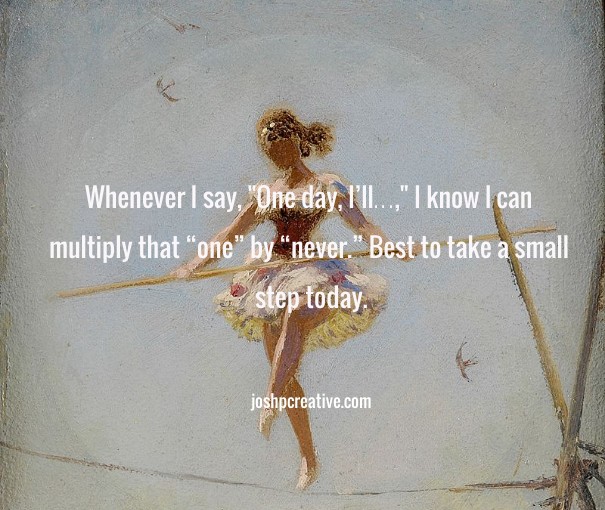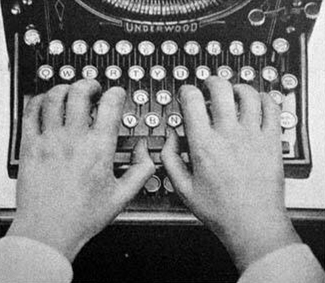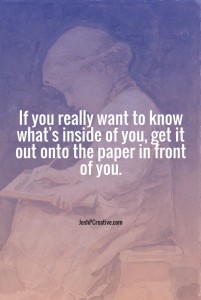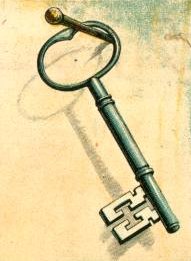Courage. Perseverance. A bit of the Badass spirit, perhaps?
These values describe the resolve behind so many of history’s most influential minds and their history-transforming advancements. They also describe how the freelance writer sitting quietly with a computer and a dream in 2015 can change his or her fortunes.
That’s right! These three values have as much to say to the aspiring successful freelance writer as they do to the savviest and most successful CEOs of our time.
Don’t believe me?
Well, then welcome to another installment in the How to Succeed as a Freelance Writer series. We’ve talked to successful freelance writers Nikki Steele and Suzanne Heyn about how they found their place in this space, and this week, we’re fortunate to interview yet another successful freelance writer in the Phoenix area, Blogging Badass Anne McAuley.
Anne has graciously agreed to answer the same four questions with which you are now so familiar, to give us her unique take.
Read well. What’s here could be two (or ten) invaluable tips to help give your freelance writing dream just the badass kick start it needs.
—–
What is your academic and professional background in the writing space?
I’ve been a professional blogger since 2010 when I was laid off from my job in corporate America. When I looked at my job description after being laid off, I realized what I loved about my job was everything that wasn’t in the job description – networking, marketing, and, of course, writing. I decided it was time to make my dream of being a professional writer a reality and McAuley Freelance Writing was born.
What were some key factors that got you thinking about a freelance writing career?
When I thought about pursuing a freelance writing career, I knew there was a fair amount of risk but also a fair amount of freedom. I could choose the projects I would work on instead of someone else telling me what to do. I could make my own schedule and work from home. I could create my own future without relying on someone else to do it for me.
Where would I get my clients? Networking and meeting other business owners.
Could I handle not receiving a biweekly check? I worked with a personal budgeting coach to understand how to budget my freelance money as if I were getting paid biweekly from an employer. We worked out a personal and business budget that gave me peace of mind.
Who is my target client? All too often freelancers and small business owners want everyone to be their target market. It sounds like a great idea until you dig in and try to market to everyone; it’s impossible. Over the years my target market has changed but I’ve always had one and it has streamlined my networking and marketing efforts.
What steps did you take to get your freelance career off the ground?
I spent the first two years of my business networking my ass off with in-person and online events and meetings. I formed strategic partnerships that I still have today that have helped me grow my business.
The other steps I took were to develop a social media presence on Facebook, Twitter, and LinkedIn and develop relationships with my community. As a result, I now have a Facebook group called Blogging Badass where we talk about how content and social media work together and I receive referrals through all of these networks.
What are some key tips you can give to those considering a freelance writing career?
- In the beginning, you will work more hours than if you had a j-o-b but it pays off when you can take a day or week off to spend time with family and friends without asking a boss for permission.
- The work won’t come to you. You have to network and build relationships with people in-person and online.
- Build a presence on social media.
- Don’t be afraid to grow and change. I am working on a rebrand from McAuley Freelance Writing to Blogging Badass because I am more than a writer. I am a content marketer with a keen understanding of how content should be part of every marketing plan.
Being a freelancer doesn’t mean you’re a starving artist. It means you’ve chosen a path of being your own boss, making your own rules. While the road might be tough getting started or at times throughout your career, it’s worth it to have the freedom to create the life you desire.
—–
Anne’s advice is strong and clear: If freelance writing is the path you want to take, you should get out there and make it happen. You need the courage to believe in yourself, the perseverance to market and build your platform, and a bit of the badass to make it all work!
But in the end, you just might have a whole new career and a whole new sense of freedom.
Anne McAuley, the Blogging Badass, is a Phoenix, Arizona-area freelance writer. You can find her at McAuley Freelance Writing and on Facebook, Twitter, Google+, and LinkedIn.







